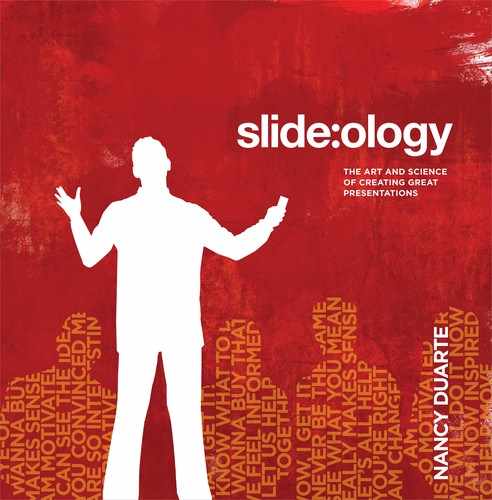
When I was little, I would sit on the floor for hours
sorting and arranging objects, textures, and layers
in a way that told a story.
44
Classifying Diagrams
At my firm, we use sketchbooks to generate many ideas
around a concept. I collected the sketchbooks of all the
employees and created iconic representations of the
most common diagrams. I cut these thousands of dia-
grams into little cards and sat on the floor for hours and
sorted them. I felt like a little kid again.
After a long day hunched over the diagrams, a pattern
and classification began to emerge. There were distinct
differences in the diagrams and how they would be
used to show relationships in information for profes-
sional communication.
A diagram is a good way to explain how parts of a
whole interact. It’s nearly impossible to communicate
today without using shapes to symbolize various types
of relationships and their interactions.
Relationships, patterns,
and classifications of
the diagrams emerged
from the sketches.

Creating Diagrams 45
Structure
Matrices
Trees
Layers
Pictorial
Direction
Location
Reveal
Process
Influence
0
Display Data
Comparison
Trend
Distribution
Cluster
Overlapping
Closure
Enclosed
Linked
Radiate
From a point
With a core
Without a core
Flow
Linear
Circular
Divergent/Convergent
Multidirectional
Abstract Concepts Realistic Concepts
The diagram section depicts examples of six common diagram types.
The first four types show common shapes that can be used to explain
various abstract relationships. The last two types show illustrated
solutions of a more literal, realistic nature.
Below is a key for how the section is organized.
..................Content has been hidden....................
You can't read the all page of ebook, please click here login for view all page.
